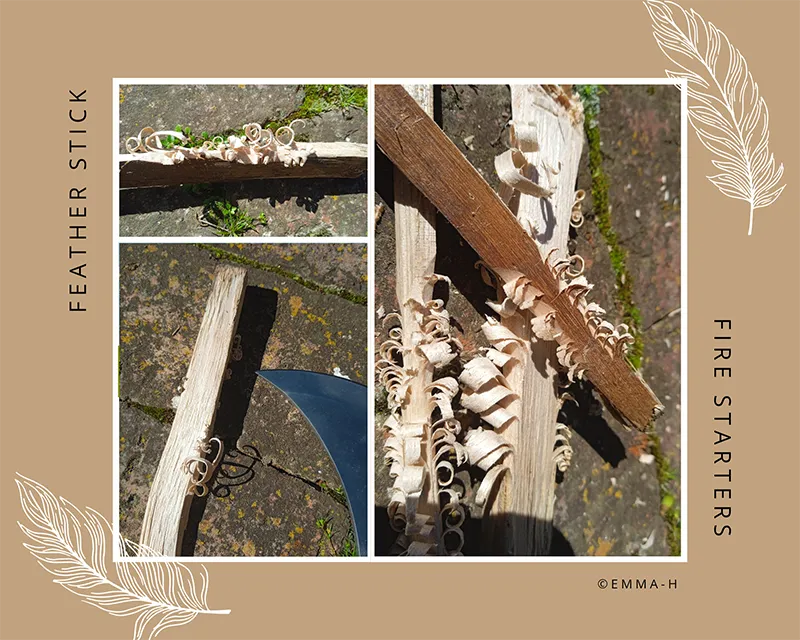
As it goes when playing Apokerlypse in rainy weather, this skill could save your life in a survival situation.
Over the last two years I have been gearing up mentally and practically for different kinds of emergency or disaster situations. Every week I try to add something to my knowledge base or something to my inventory.
This past week I was reading articles and watching videos on a variety of these subjects but there was one that I wanted to put into practice. You know most of these "tutorials" are made on days that are beautiful weather, no adverse conditions and so forth when in reality, I know my luck. When disaster strikes it won't just rain, it will pour...often literally.
So I was learning about how to start a fire when it's been raining for several days with no sign of letting up.
In that scenario, all of the materials you would normally collect for tinder would be completely unsuitable so you would need to look for dry fuel and that means a standing dead tree. You want to find a vertical piece as it will be drier than one that has fallen down.
It would require more manual labour than simple collecting would as you'll have to chop or saw it down, but the positive offset is wood with low moisture content which makes for more successful fire starting than wet twigs. Wet fuel will make a lot of smoke, but fire? Probably not so much.
Feather sticks are basically pieces of dry wood with a generous enough helping of wood shavings to provide a bed of fire kindling.
I wanted to see how difficult (or easy) they would be to make so I chopped up a sizeable piece of fire wood into smaller sticks with my axe and looked for the pieces with straight grain. I then carved shavings down the length of them. Different types of wood will yield different results and while there may be a particular type that works well for a tutorial, the chances are that you won't have that many options when it comes to standing dead trees. Use whatever is available.
The straight grain was great, but I must admit I found the process of making the little feathers rather difficult. I was using a sharp tomahawk type axe, but if you only have a knife, then that's what you'd use. Make sure that your knife is always sharp. A blunt knife is not only more likely to result in an injury while trying this, but it will also be near useless as a tool or weapon when you need it most.
The most difficult annoying part was that my shavings kept skipping off the piece of wood. It was mostly due to me being inexperienced at it and having poor axe control. This I'll have to work on. I collected the shavings as they can be placed in the bed of kindling or in a waterproof metal tin for the camping kit or go bag when you're practicing this skill.
In a rainy situation you want to have everything ready to go before you spark your flint. The area where you make your fire will have to be covered so it doesn't get extinguished by a downpour. A tarpaulin strung up is handy in this instance, but a waterproof jacket could also work (although it's probably better used on your body in a survival scenario).
You'd want to make a clearing for your fire base and remove the wet kindling from the area. Then put all your feather sticks and wood shavings together and make sure that you have enough fuel of different sized pieces of wood close at hand.
While I've never made these before I can appreciate that doing this kind of thing will help me learn which kinds of wood work best (if I have options), it will hone my knife or axe control and help me judge the amount of fuel I'd need in order to know the fire will light and burn sufficiently on the first attempt.
I used these to start a fire in the fireplace and they worked very well.
So that's the bushcraft survival skill I practiced this week. Have you made feather sticks before and if so, how did they work when you used them? If this was useful info to you, please also let me know in the comments.
The images are my own